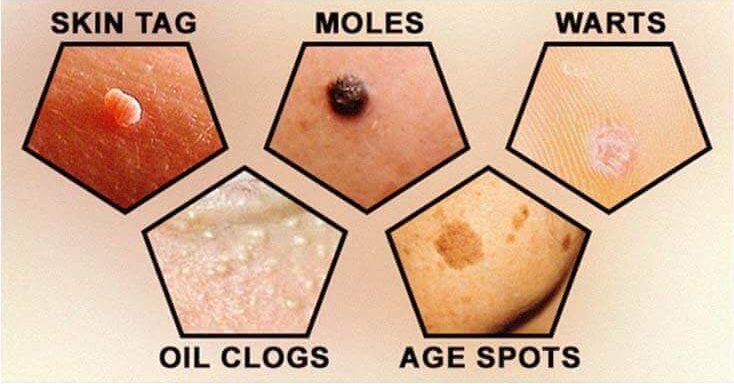Understanding Skin Tags: Causes, Characteristics, and Treatments
Skin tags, those small. benign growths that dangle from the skin, are a common occurrence for many people. While they are generally harmless, they can sometimes be bothersome or unsightly. In this articles, you will explore their causes, characteristics and available treatment options.
What are Skin Tags?
Skin tags, medically known as acrochordons, are small, soft, fleshy growths that usually appear on areas of the body where skin rubs against skin or clothing. They commonly develop on regions such as neck, armpits, groin, under the breasts, and eyelids. Typically, skin tags are painless and do not cause any significant health issues. However, they can be source of concern for some individual due to their appearance.
Cause of Skin Tags
While the exact cause of skin tags remains unclear, several factors contribute to their development:
Characteristics of Skin Tags
Skin tags are typically small and have a narrow stalk that attaches them to the skin’s surface. They can vary in size, ranging from a few millimeters to several centimeters in diameter. Usually, they are flesh-colored or slightly darker than the surrounding skin. Their appearance may resemble a small, hanging piece of skin.
Treatment Options
Skin tags are generally benign and do not necessitate treatment. However, people might choose to remove them for cosmetic reasons of if the skin tags become irritated, painful, or interfere with daily activities. Some common treatment options include:
- Surgical removal: Dermatologist often perform surgical excision to remove skintags. the procedure involves cutting the skin tags off using surgical scissors or a scalpel after numbing the area with a local anesthetic.
- Cryotherapy: in this method, the skin tag is frozen off using liquid nitrogen. The frozen tissue eventually fall off, leaving a small wound that heal over time.
- Electrosurgery or Cauterization: An electric current is used to burn off the skin tag. this method is effective and helps to control bleeding during the process. This treatment available at Lys Beauty Centre
- Ligation: For larger skin tags, ligation involves tying off the base of the growth with a small band or thread, cutting off its blood supply, and causing it to eventually fall off.
- Laser Removal: Laser therapy can be used to remove skin tags. the laser vaporizes the skin tag, sealing the blood vessels and minimizing bleeding.
When to Seek Medical Advice

While most skin tags are harmless, some skin growths may resemble skin tags but require medical attention. If you notice any of following concerning features, it is essential to consult a dermatologist promptly:
- Rapid growth in size
- Irregular shape or color
- Bleeding or oozing
- Pain or tenderness
- Skin tags that interfere with vision or daily activities
Prevention Tips
While it is not always possible to prevent skin tags entirely, there are measures you can take to reduce their likelihood of appearing:
- Maintain a healthy weight to reduce skin-to-skin friction.
- Wear loose-fitting clothing to minimize rubbing against the skin.
- Keep the skin dry and clean in areas prone to skin tags.
- Avoid picking or pulling at skin tags, as this may cause irritation or infection.
in conclusion, skin tags are common, benign growths that typically pose no significant health risk. Although they are harmless, many people may choose to have them removed for cosmetic purposes ot if they cause discomfort. if you have concerns about skin tags or any skin growths, it best to consult a dermatologist for proper evaluation and advice. Remember, a trained professional can safely remove skin tags and help ensure your skin’s health and appearance.



